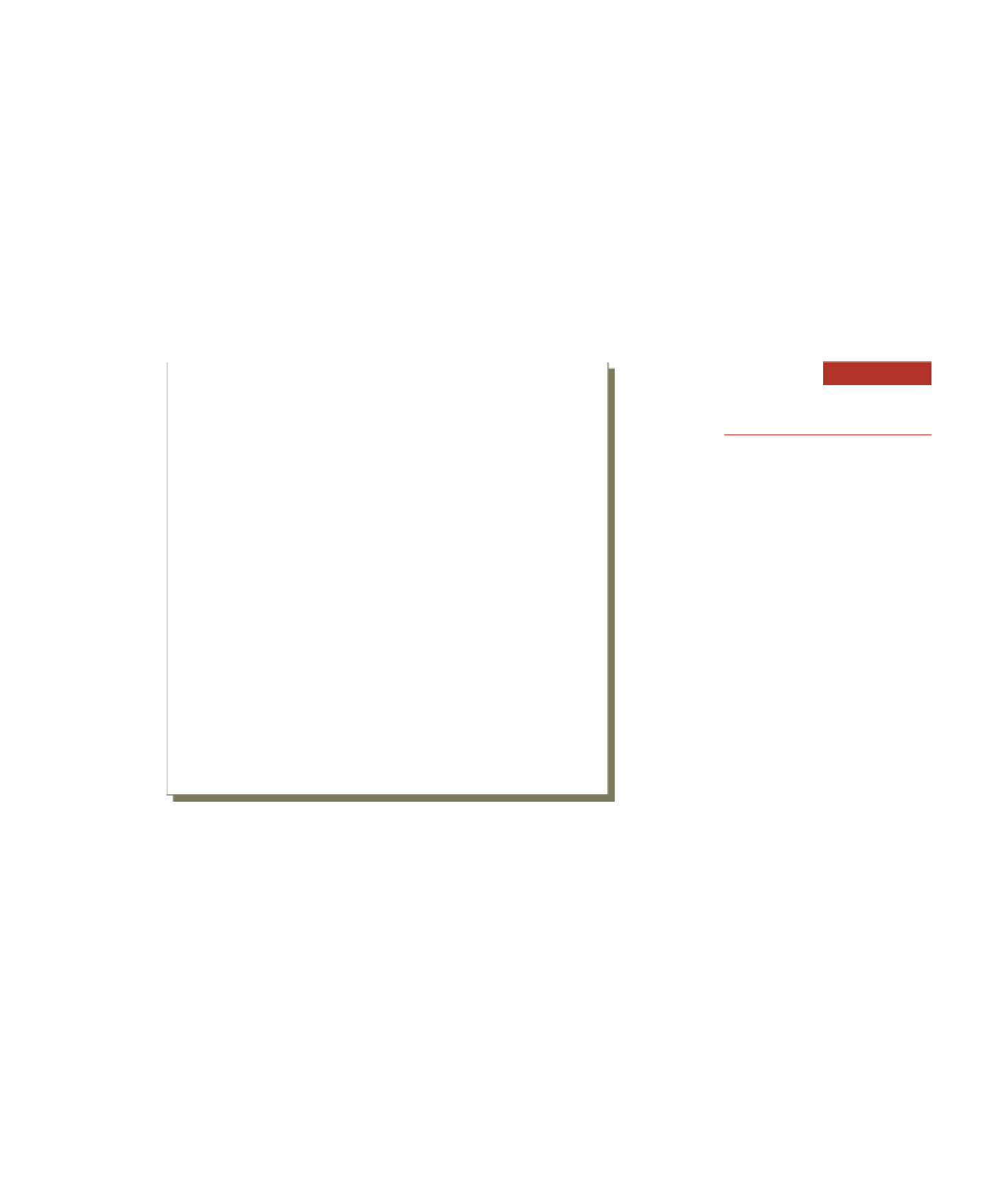Information Technology Reference
In-Depth Information
use schemas to define the tables and other database features associated with a person or user.
A schema can be part of the database or a separate schema file. The DBMS can reference a
schema to find where to access the requested data in relation to another piece of data.
Creating and Modifying the Database
Schemas are entered into the DBMS (usually by database personnel) via a data definition
language. A
data definition language (DDL)
is a collection of instructions and commands
used to define and describe data and relationships in a specific database. A DDL allows the
database's creator to describe the data and relationships that are to be contained in the
schema. In general, a DDL describes logical access paths and logical records in the database.
Figure 5.10 shows a simplified example of a DDL used to develop a general schema. The
Xs
in Figure 5.10 reveal where specific information concerning the database should be en-
tered. File description, area description, record description, and set description are terms the
DDL defines and uses in this example. Other terms and commands can be used, depending
on the particular DBMS employed.
data definition language (DDL)
A collection of instructions and
commands used to define and
describe data and relationships in a
specific database.
Figure 5.10
SCHEMA DESCRIPTION
SCHEMA NAME IS XXXX
AUTHOR XXXX
DATE XXXX
FILE DESCRIPTION
FILE NAME IS XXXX
ASSIGN XXXX
FILE NAME IS XXXX
ASSIGN XXXX
AREA DESCRIPTION
AREA NAME IS XXXX
RECORD DESCRIPTION
RECORD NAME IS XXXX
RECORD ID IS XXXX
LOCATION MODE IS XXXX
WITHIN XXXX AREA FROM XXXX THRU XXXX
SET DESCRIPTION
SET NAME IS XXXX
ORDER IS XXXX
MODE IS XXXX
MEMBER IS XXXX
.
.
.
Using a Data Definition
Language to Define a Schema
Another important step in creating a database is to establish a
data dictionary
, a detailed
description of all data used in the database. The data dictionary contains the following data:
•
Name of the data item
•
Aliases or other names that may be used to describe the item
•
Range of values that can be used
•
Type of data (such as alphanumeric or numeric)
•
Amount of storage needed for the item
•
Notation of the person responsible for updating it and the various users who can
access it
•
List of reports that use the data item
A data dictionary can also include a description of data flows, the way records are orga-
nized, and the data-processing requirements. Figure 5.11 shows a typical data dictionary
entry.
data dictionary
A detailed description of all the data
used in the database.

